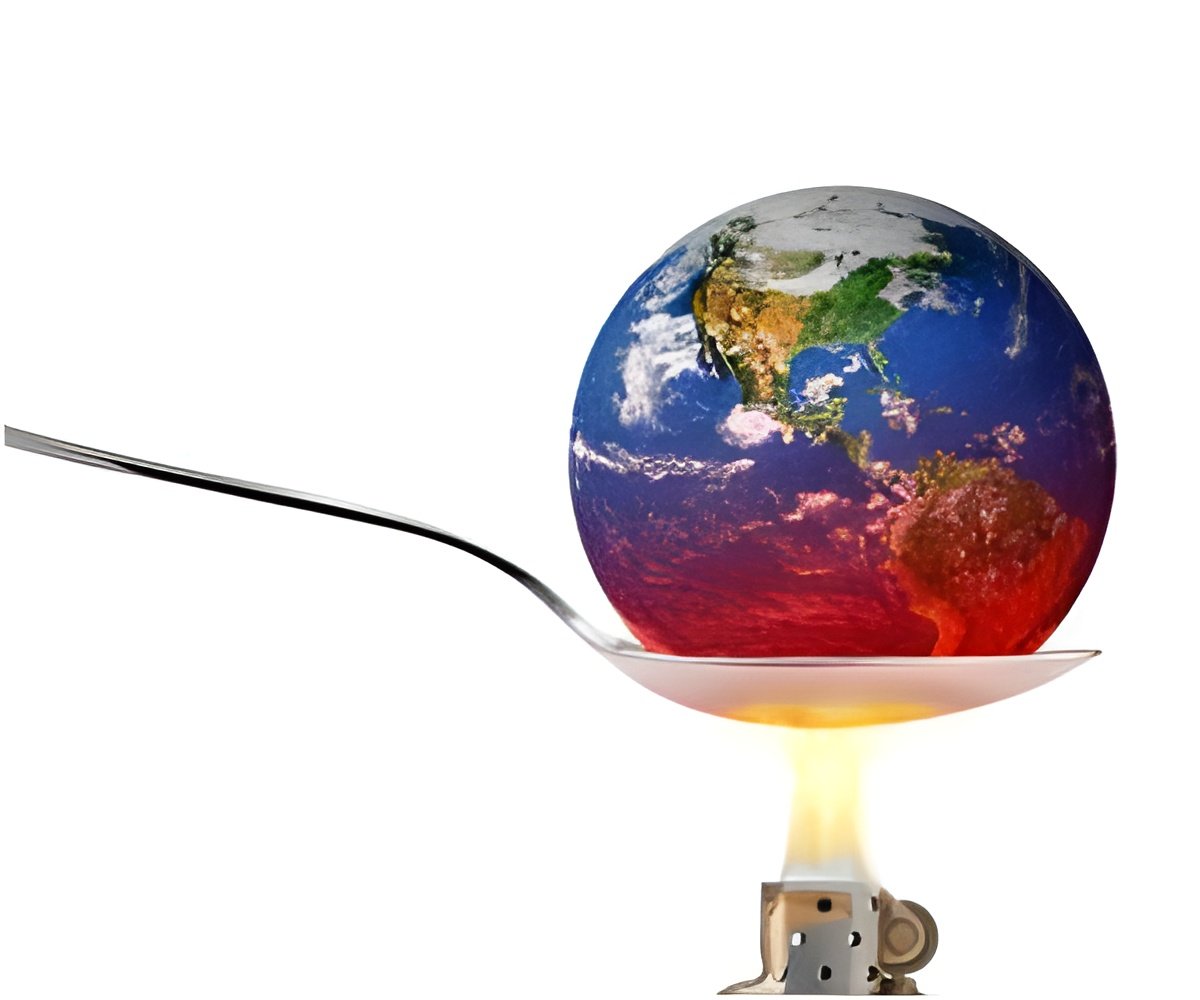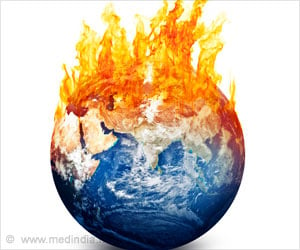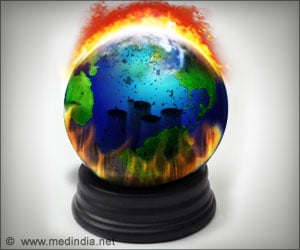
However, current levels of carbon dioxide are trapping too much heat in the atmosphere to allow the Earth to cool as it has in its prehistoric past in response to changes in Earth's orbital pattern.
The research team of researchers from University College London, University of Cambridge and University of Florida, said their data indicate that the next ice age will likely be delayed by tens of thousands of years.
That may sound like good news, but it probably isn't, said Jim Channell, distinguished professor of geology at UF and co-author.
"Ice sheets like those in western Antarctica are already destabilized by global warming. When they eventually slough off and become a part of the ocean's volume, it will have a dramatic effect on sea level," said Channell.
Ice sheets will continue to melt until the next phase of cooling begins in earnest.
Advertisement
"We know from past records that Earth's orbital characteristics during our present interglacial period are a dead ringer for orbital characteristics in an interglacial period 780,000 years ago," said Channell.
Advertisement
However, there is a much higher concentration of greenhouse gases trapping the sun's heat in the Earth's atmosphere now than there was in at least the last several million years, he said. So the cooling that would naturally occur due to changes in the Earth's orbital characteristics are unable to turn the temperature tide.
Over the past million years, the Earth's carbon dioxide levels, as recorded in ice core samples, have never reached more than 280 parts per million in the atmosphere. "We are now at 390 parts per million," Channell said. The sudden spike has occurred in the last 150 years.
The finding has been published online Jan. 8 in Nature Geoscience.
Source-ANI









